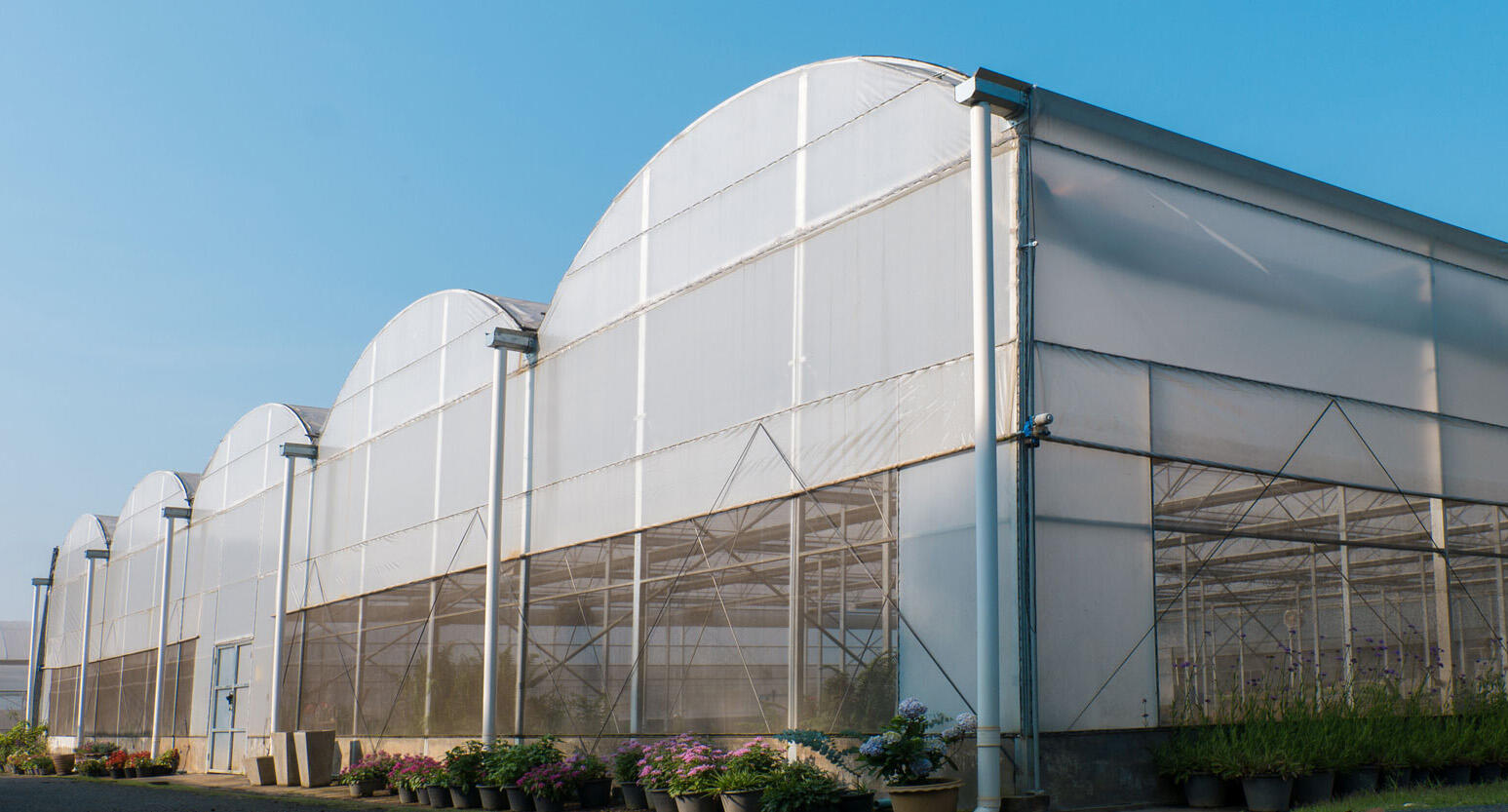High-tunnel greenhouses—compact metal structures swathed in clear plastic—have rapidly become a favored choice among farmers eager to safeguard their tender spring and fall crops. These cost-effective, arch-shaped enclosures work like natural insulators, capturing and retaining cool air, which then transforms into a gentle warmth that shields young plants from the biting April frost and the torrential August downpours. Below, we will elaborate on the primary reasons why growers increasingly invest in these structures: extended growing seasons, enhanced flavor profiles, simplified pest management, and a reduced environmental impact.
Extended Growing Seasons: Pushing the Boundaries of Nature's Calendar
The most significant allure of high-tunnel greenhouses lies in their ability to redefine the traditional growing seasons. In open fields, crops such as tomatoes, berries, and lettuce are highly vulnerable to the whims of the weather. A late-season freeze or a sudden heatwave can disrupt the delicate balance of plant growth, delaying planting and harvesting schedules. However, when these crops are cultivated within the protective confines of a high-tunnel greenhouse, the dynamics change dramatically.
The transparent plastic covering of the tunnel acts as a solar collector, trapping the sun's rays and converting them into heat. This creates a microclimate where the temperature remains more stable, providing an ideal environment for plants to thrive. As a result, farmers can transplant seedlings weeks before the official frost-free date, giving their crops a head start in the growing season. Similarly, in the fall, the high tunnel offers a buffer against the encroaching cold, allowing farmers to continue harvesting well into November. This extended growing period not only results in multiple harvests but also enables farmers to offer premium, out-of-season produce when few competitors can, translating into increased profits.
Enhanced Crop Quality: Cultivating Flavor and Freshness
High-tunnel greenhouses do more than just extend the growing season; they also play a pivotal role in enhancing the quality of the produce. The controlled environment within the tunnel protects plants from harsh weather conditions, including strong winds, heavy rains, and extreme temperature fluctuations. This shielding effect reduces stress on the plants, allowing them to allocate more energy towards developing robust root systems, producing larger fruits, and enhancing their flavor profiles.
Moreover, the enclosed nature of high-tunnel greenhouses acts as a barrier against pests and diseases. With fewer pests infiltrating the tunnel, plants suffer less damage, resulting in cleaner, more marketable produce. The stable climate also promotes consistent growth, ensuring that each crop reaches its full potential in terms of taste, texture, and nutritional content. This is particularly appealing to health-conscious consumers who prioritize high-quality, flavorful produce.
Polycarbonate Greenhouses: A Superior Alternative
In recent years, polycarbonate greenhouses have emerged as a popular alternative to traditional glass or plastic-covered structures, captivating the attention of both hobbyist gardeners and large-scale farmers. These lightweight, twin-wall shelters offer several advantages that make them an attractive option for modern agriculture.
Unbeatable Durability: Polycarbonate panels are renowned for their exceptional strength and resilience. Unlike brittle glass, they can withstand the impact of hail, strong winds, and even the occasional fall from small animals without cracking or fogging. This durability ensures that the greenhouse remains intact for years, reducing the need for frequent repairs and replacements.
Energy Efficiency: The twin-wall design of polycarbonate panels provides excellent insulation, effectively trapping heat inside the greenhouse during cold weather. This reduces the reliance on artificial heating systems, leading to significant energy savings and lower utility bills. The consistent warmth also promotes faster plant growth, resulting in healthier, more productive crops.
UV Protection: Polycarbonate panels are designed to block harmful ultraviolet (UV) rays while allowing beneficial visible light to penetrate. This protects plants from sunburn and damage, ensuring that they remain healthy and vibrant throughout the growing season. The filtered light also enhances photosynthesis, the process by which plants convert light into energy, leading to increased yields.
Low Maintenance: Polycarbonate is naturally resistant to dirt, grime, and fingerprints, making it easy to clean and maintain. A simple spray with a hose is often sufficient to remove any debris, allowing maximum sunlight to reach the plants. This low-maintenance feature is particularly appealing to busy gardeners who prefer to spend their time tending to their crops rather than cleaning the greenhouse.
Flexibility in Design and Use: Polycarbonate greenhouses are highly versatile, available in a range of sizes and configurations to suit different needs and budgets. Whether you're a hobbyist looking for a small structure for your backyard or a commercial farmer needing a large-scale solution, polycarbonate greenhouses can be customized to meet your requirements. Their lightweight panels also make them easy to install, move, and modify as needed.
Simplified Pest Control: A Natural Approach
Another significant advantage of high-tunnel greenhouses is their ability to simplify pest control. The covered and sealed design of the tunnels acts as a physical barrier, preventing most pests from entering. This reduces the need for chemical pesticides, allowing farmers to adopt more sustainable pest management practices.
Many growers now rely on integrated pest management (IPM) techniques, which involve monitoring pest populations, using traps to capture insects, and introducing beneficial insects such as ladybugs and predatory wasps. These natural predators help to keep pest populations in check, maintaining a balanced ecosystem within the greenhouse. This approach not only reduces the environmental impact of farming but also produces cleaner, safer produce that appeals to consumers seeking organic or chemical-free options.
Sustainability: Meeting the Demands of Modern Agriculture
In an era where sustainability is at the forefront of modern agriculture, high-tunnel greenhouses offer a viable solution for environmentally conscious growers. By allowing farmers to grow seasonal crops closer to urban centers, these structures reduce the need for long-distance transportation, thereby minimizing carbon emissions associated with the movement of produce.
Furthermore, the construction of high-tunnel greenhouses often incorporates recycled materials, such as used pipes and plastic, reducing waste and promoting the circular economy. As consumers increasingly prioritize locally sourced, sustainable products, high-tunnel greenhouses enable farmers to meet this demand while also contributing to a more sustainable food system.
In conclusion, high-tunnel greenhouses, especially those constructed with polycarbonate panels, offer a multitude of benefits for both small-scale and commercial growers. From extending the growing season and enhancing crop quality to simplifying pest control and promoting sustainability, these structures are revolutionizing modern agriculture. As the agricultural landscape continues to evolve, high-tunnel greenhouses are poised to play an even more significant role in ensuring food security, reducing environmental impact, and meeting the changing needs of consumers.


